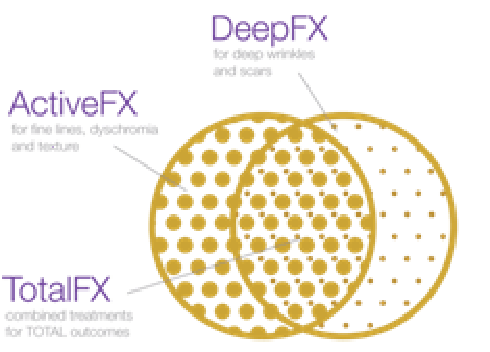

skin anatomy
A knowledge of skin anatomy can help with understanding resurfacing (laser peel, laser skin rejuvenation) of all types including laser, chemical, dermabrasion. Taking a look at the cross sectional area of the skin, you can see that the skin is broken up into basically two areas, the epidermis and dermis. All resurfacing progressively take away layers of skin and by doing so remove skin lesions, unwanted pigmentation, wrinkles etc. What happens is that the deeper skin cells located in the depth of the hair follicle eventually resurface and repopulate the skin. during this process a layer of scar tissue and collagen is formed under the new basement membrane. This new layer of collagen is thought to be responsible for some of the benefits of resurfacing including tightening of the skin and maintaining the decrease state of wrinkles. The basement membrane is the connective tissue floor that the stem cells rest on where they reside and repopulate the more superficial layer of skin cells. Active Fx essentially takes away more superficial layers confined to just above or just below the basement membrane depending on how many passes are done, what power and what density is chosen. The basic principle of active fx is the use of a fraction of the spot size. When you look at the picture above you can see that active fx has some wide dots, wider that the deep fx. But the key are the areas in between the dots that represent untreated skin. This untreated skin allows a faster recovery and less down time. The goal is to get some of the effects of resurfacing without the downtime. To help with the results of active fx, deep fx was added to create more tissue tightening to a deeper level. Notice in the picture that with deep fx the dots are thinner. Deep fx is thinner but it reaches to a deeper level heating up deeper layers and leading to more tissue tightening to a thicker amount of skin. When deep fx is combined with active fx you can get better results than when each are used alone and this is done with less downtime than traditional resurfacing. Total fx is when active fx is combined with deep fx. Traditional resurfacing can be explained by active fx and that approach. The difference is that the dots are much closer together and depending on whether you increase the density of the dots the dots may overlap to a varying degree. When the dots start to overlap at a density of 4-5 you start to get into more traditional type of resurfacing where all parts of the skin are taken away or ablated per spot. This approach does not leave healthy skin in between the treated dots, so the downtime is like older approaches. This use of active fx with dots touching or overlapping is more appropriately called max fx, or traditional co2 resurfacing. One thing to remember is that the more aggressive you are the more results but also the more risks are involved. Total fx tries to get more results than you would normally get with a certain amount of risk. Here is a live demonstration of my use of a co2 laser and laser resurfacing.
Thanks for reading, Dr Young
Dr Young specializes in Facial Cosmetic and Reconstructive Surgery and is located in Bellevue near Seattle, Washington
